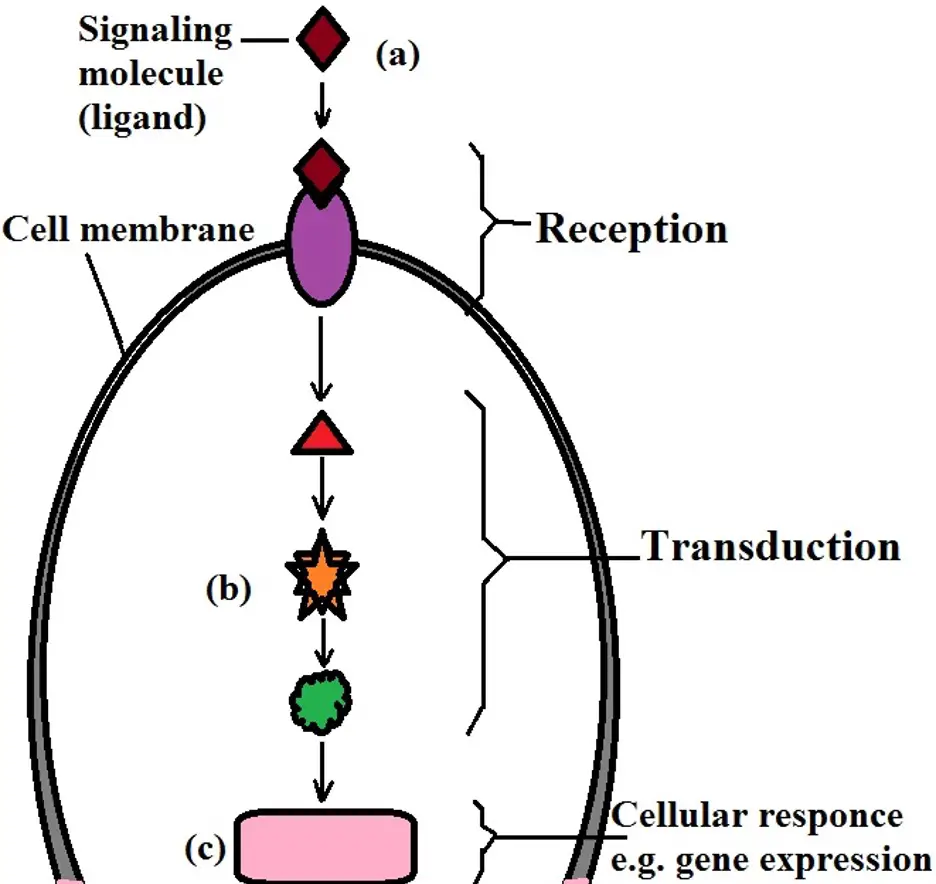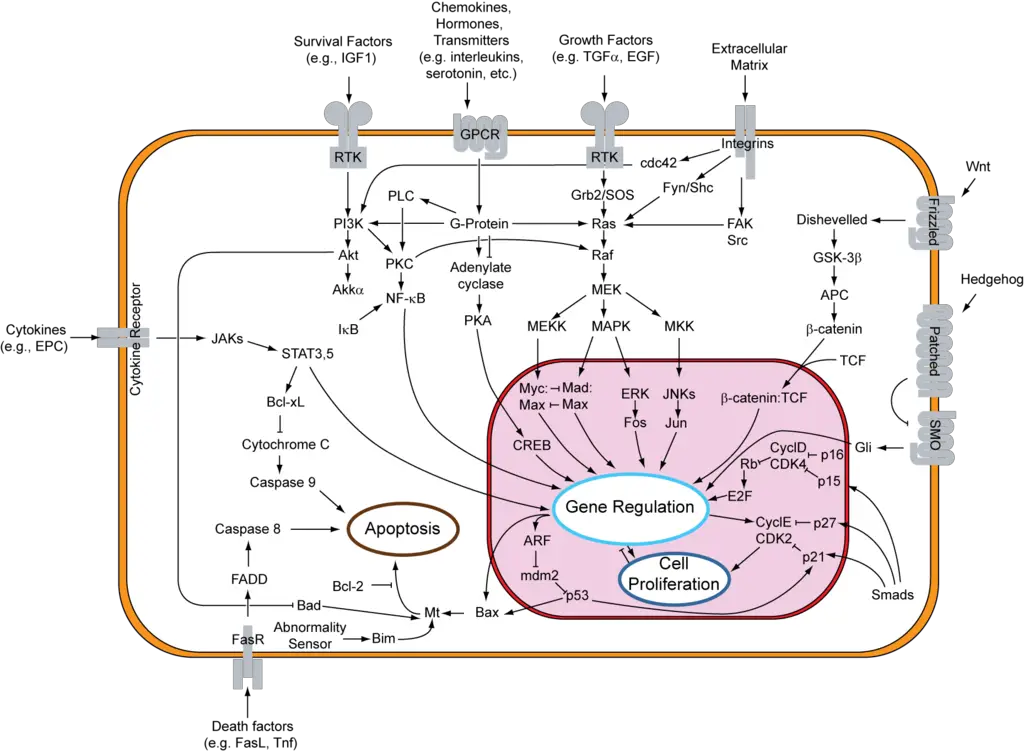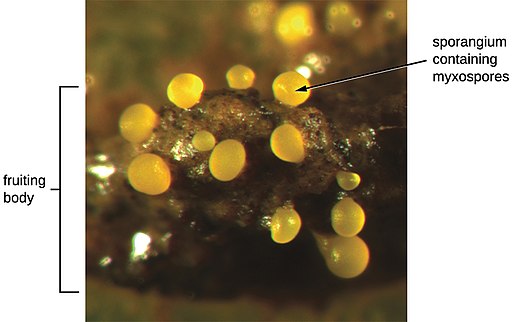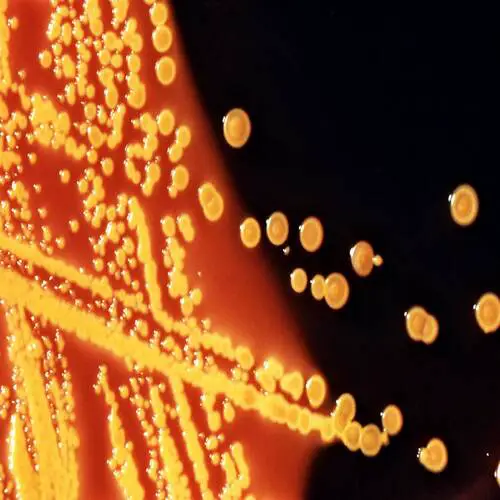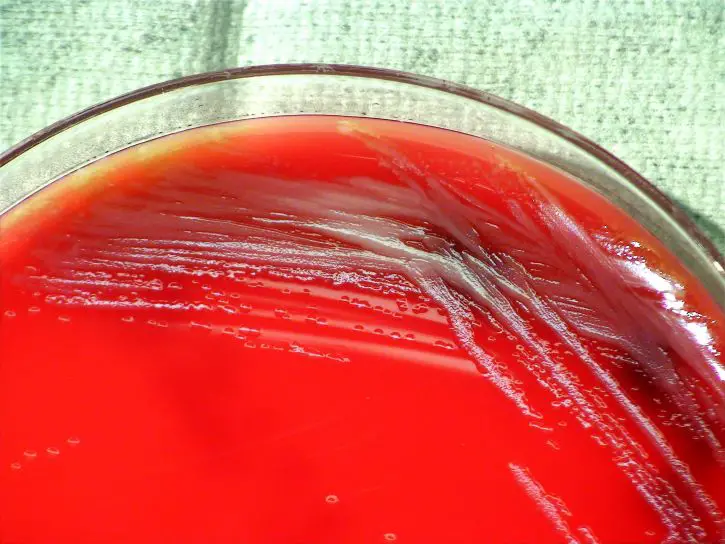Four Steps of Cell Signaling
** Definition, Pathways and Technology
Definition
Cell signaling refers to the ability of a cell to perceive information from the extracellular environment and respond appropriately. This is very important given that the manner in which the cell responds has a direct impact on various cellular processes.
Using some unicellular organisms as an example, they have to be able to sense nutrients or toxic material, etc in their environment in order to respond effectively. When they sense the presence of nutrients, they can move in the direction of the nutrients as metabolism is important for growth and reproduction.
Also, sensing toxic materials allows them to distance from them or develop coping mechanisms that would allow them to survive.
Generally, information from the external environment comes in the form of signaling molecules known as ligands.
Some examples of ligands include:
- Some proteins - E.g. Bone Morphogenetic Proteins (BMP ligands) and hormones like insulin
- Hydrophobic molecules like steroids
- Ions like calcium ions
- Some gases - E.g. nitric oxide
Four Steps of Cell Signaling
While cell receptors and the type of signaling molecules may vary, a similar pattern is evident it comes to cell signaling. This section will focus on four (4) main stages/steps that are present in different pathways of cell signaling.
Steps of cell signaling may be presented as follows:
a- The ligand is detected and binds to the cell receptor on the cell surface
b- The ligand causes conformational change of the receptor and results in the production of relay molecules
c- The relay molecules, which act as the secondary messengers, carry the information to the target site and influence cellular response (e.g. gene expression to produce given proteins etc)
Step 1: Reception
Signal reception is the first step of cell signaling and involves the detection of signaling molecules originating from the extracellular environment. Here, the molecules (ligands) are detected when they bind to the cell receptors.
In their respective environments, different types of cells (unicellular organisms, cells of multicellular organisms, etc) come into contact with different types of signals most of which are chemical in nature. For the signal to be transduced into the intracellular signaling path, then the reception of the signaling molecule/ligand has to occur.
Generally, there are two mechanisms through which this can be achieved. One of these mechanisms involves the binding of the molecules/ligands to receptors located on the surface of the cell.
Because of the different cell functions, particularly in multicellular organisms, their receptors are specific for given molecules that influence their responses.
Whereas dopamine receptors located on some cells of the nervous system specifically bind dopamine, insulin receptors found on the surface of many cells in the body bind insulin. Here, G-protein-coupled receptors (GPCRs) and Enzyme-Linked Receptors are two of the most common types of receptors that bind to different types of chemical ligands.
Apart from binding to the cell receptors, some of the ligands pass or diffuse through the cell membrane which allows them to enter the cell and bind to the receptors located in the nucleus or cytoplasm. Here, ligands gain entry into the cell through ligand-gated channels also known as ionotropic receptors.
As the name suggests, these channels allow ions like calcium, sodium, and potassium ions to pass through. These types of receptors can be found in nerve cells and have been shown to work together with other types of receptors and signals.
In order for the channels to open (e.g. at the neuromuscular junction), another signal has to bind to the receptor. This influences the channel receptors to open which in turn allows the movement of ions.
Step 2: Induction
Transduction is the second step of cell signaling and involves the binding of signaling molecules to the receptor which in turn initiates a series of events in the transduction pathway. Apart from some of the ligands (e.g. ions) that actually enter the cell through the cell membrane, most ligands do not enter the cell because they are too large etc.
For this reason, their activities only influence the receptors to which they bind, causing conformational changes to the receptors which in turn influence a cascade of events through which information is communicated into the cell.
Conformational change of receptors (transmembrane proteins) after they bind to ligands is important given that it either allows them to release signals (chemical signals) into the cell or bind to other components within the cell.
For instance, following this activation (change in shape), the receptor may bind to proteins like G-protein which is typically located on the inner surface of the membrane. As a result, the protein is activated to attach to another protein attached to the membrane (e.g. an enzyme) causing it to undergo a conformational change.
As a result, the enzyme releases a signaling molecule (e.g. cAMP) capable of diffusing into the cell where it can interact with the target component to initiate a response. In this case, the cAMP acts as the second messenger while the ligand (ligand that first bound to the cell receptor) is the primary messenger.
Given that the second or secondary receptor serves to amplify the message that was presented by the ligand, it also acts as a messenger.
It's also worth noting that following the binding of the ligand to the receptor, many secondary messengers are produced within the cell (the signal is amplified in the cell). For this reason, the cell does not necessarily require a high amount of ligands to initiate a response. This means that for each ligand that binds to the receptor, many secondary messengers are produced.
For some cells, ligand binding to the receptor results in conformation changes of the receptor releasing a relay molecule into the cell (e.g. in a phosphorylation cascade). The molecule then goes on to interact with other intracellular proteins in what is known as a phosphorylation cascade.
Here, the molecules exchange phosphate groups in a chain reaction ultimately allowing the signal to activate the target component and initiate a cellular reaction. In a receptor-mediated endocytosis, signal molecules first attach to the receptors followed by invagination of the membrane where the receptors and signal molecules are contained into a pit that forms a vesicle. This allows the molecules to be transported into the cell where they are released from the vesicles and reach the target component.
Unlike the signaling molecules, the receptors are transported back to the membrane where the process can be repeated. In a case where the receptors are either in the cytoplasm or nucleus, such signal molecules as nitric oxide simply pass through the membrane to bind these receptors. Here, however, most of these signals are only likely to pass if they are small in size and non-polar.
Step 3: Response
The third step of cell signaling is concerned with specific cellular responses to the information presented by the signaling molecule. As already mentioned, cell signaling refers to the process through which a cell is able to perceive information and respond appropriately.
In the third step of cell signaling, the cell may respond in a number of ways depending on the signal that it received. While the cell may simply respond by increasing or decreasing the metabolic process through increased or decreased intake of glucose, the response may also involve the regulation of gene expression where certain genes are activated or de-activated depending on certain processes. Ultimately, however, the cell has to respond appropriately to the signal.
Using metabolism as an example, an increase in cyclic adenosine monophosphate (cAMP) in the cell activates the enzyme Kinase A which is involved in the phosphorylation of two enzymes (phosphorylase kinase and glycogen synthase).
While the enzyme phosphorylase kinase is involved in the conversion of glycogen into glucose, glycogen synthase acts by preventing the conversion of glucose to glycogen. Excess glucose in the body is stored in the form of glycogen.
Therefore, by converting glycogen to glucose while preventing the conversion of glucose to glycogen, these enzymes promote the breakdown of glucose in the body in order to produce more energy. Here, then, the signaling pathway increases the rate of glucose metabolism when the body requires more energy.
Step 4: Resetting
While this step is omitted in some literature, it's one of the steps of cell signaling. Here, the cell is reset back to the normal state. During this final step, the signal molecule detaches from the cell receptor which in turn stops the series of events that allow the cell to respond.
For this reason, the cell machinery involved in transduction reverts to their original state as they wait for another signal. Therefore, this is an important step of cell signaling in that it allows the cycle to start over and continue as the cell receives new signals.
It also ensures that the cell does not continue to respond when it does not need to. This regulates various cell processes and prevents abnormal cell functions.
Pathways
While most pathways share the same basic steps of cell signaling (reception, transduction, response, resetting), there are different pathways.
Some of these pathways include:
Notch signaling pathway - The notch signaling pathway is one of the most common pathways in cell signaling. It's an important pathway involved in development and homeostasis in multicellular organisms. While it's involved in the development of the branched arterial network, it's also involved in cell death and tumor suppression.
In mammals, there are four (4) types of notch receptors which include NOTCH1, NOTCH2, NOTCH3, and NOTCH4. There are also two main types of ligands that bind to these receptors which include members of the Jagged protein family as well as members of the Delta-like protein family.
In this type of pathway, the ligand (signaling molecule) is sent by another cell which consists of more ligands (e.g. more DLL- Delta-like proteins) than Notch receptors. Therefore, the cell with more receptors will receive the signals and respond. In this type of signaling, there are two messengers namely, the primary and secondary messenger.
Whereas signal molecules like Delta-like proteins act as the primary messenger, the Notch intracellular domain produced following binding of the primary messenger acts as the secondary messenger inside the cell.
Akt/PKB signaling pathway - This type of pathway is involved in a number of cell processes including apoptosis, angiogenesis, metabolism, and differentiation, etc. As the name suggests, the main protein involved in this pathway is Protein Kinase B. Here, the main receptor is RTK (receptor Tyrosine Kinase).
Normally, this receptor exists as monomers and only forms dimers when the ligand binds (e.g. growth factor). This results in the production of a secondary messenger inside the cell that ultimately triggers cell response. Here, the cell may respond by preparing for cell division of producing substances that drive cell death, etc.
Hedgehog signaling pathway - In different types of animals, the Hedgehog signaling pathway is required for proper cell differentiation and thus for the development of different parts of the body. As the name suggests, the main signaling molecule in this pathway is known as the Hedgehog protein (Hh).
Through a series of events, the signaling molecule ultimately activates given genes in the nucleus which in turn allows the cell to respond in various cellular processes such as tissue repair and growth etc.
Wnt signaling pathway - This type of signaling primarily involves different types of growth stimulatory factors. As such, it plays an important role in embryonic development (particularly the development of the heart). The ligand (Wnt) is produced by exosomes and activates the cell receptor (Frizzed) when it binds.
In turn, this activates (phosphorylates) the molecule LRP which then induces the translocation of the destruction complex. Ultimately, this results in the elevation of beta-catenin levels which in turn activates the expression of cyclin D1 involved in cell proliferation.
Some of the other types of cell signaling pathways include:
- AMPK signaling pathway
- mTOR signaling pathway
- VEGF signaling pathway
- Insulin signal transduction pathway
- Eph/ephrin signaling pathway
Technology
Given that cell signaling involves the detection and binding of signal molecules to cell receptors in order to induce specific cellular responses, researchers have taken advantage of this mechanism to develop drugs and chemicals aimed at influencing given responses.
In drug development, molecules are developed with the aim of identifying a given target on the cell surface or within the cell with the goal of influencing given responses. Therefore, signaling is one of the most important areas in drug discovery.
Currently, more focus has been directed towards developing drugs that will take advantage of cell signaling to develop drugs for the treatment of cardiovascular diseases, Alzheimer’s diseases as well as for wound healing.
Apart from drug development, new studies are taking advantage of cell signaling for the manufacture of different types of proteins among other molecules in biotechnology. Here, cells are influenced to participate in protein synthesis as well as other molecules.
Essentially, this involves taking advantage of the same mechanism used in vivo. This has proved to be particularly effective using different types of cells including bacteria and some protists.
Here, learn more about Cell Division, Cell Differentiation, Cell Proliferation and Pentose Phosphate Pathway
See articles on Cell Culture, Cell Staining and Gram Stain.
What are the Differences between a Plant Cell and an Animal Cell?
Check out information on Cell Theory.
Return from Four Steps of Cell Signaling to MicroscopeMaster home
References
Gerhard Krauss. (2008). Basics of Cell Signaling. Biochemistry of Signal Transduction and Regulation. 4th Edition.
Jineetkumar Gawad, Bhakti Chavan, Pradeep Bawane, Amol Mhaske and Savita Tauro. (2015). Overview Of Cell Signaling And Cell Communication.
Matthias Ehebauer, Penelope Hayward, and Alfonso Martinez-Arias. (2006). Notch Signaling Pathway.
Shupeng Li, Albert H. C. Wong and Fang Liu. (2014). Ligand-gated ion channel interacting proteins and their role in neuroprotection.
Wendell Lim, Bruce Mayer, and Tony Pawson. (2014). Cell Signaling.
Links
https://open.lib.umn.edu/pharmacology/chapter/enzyme-linked-receptors/
Find out how to advertise on MicroscopeMaster!
